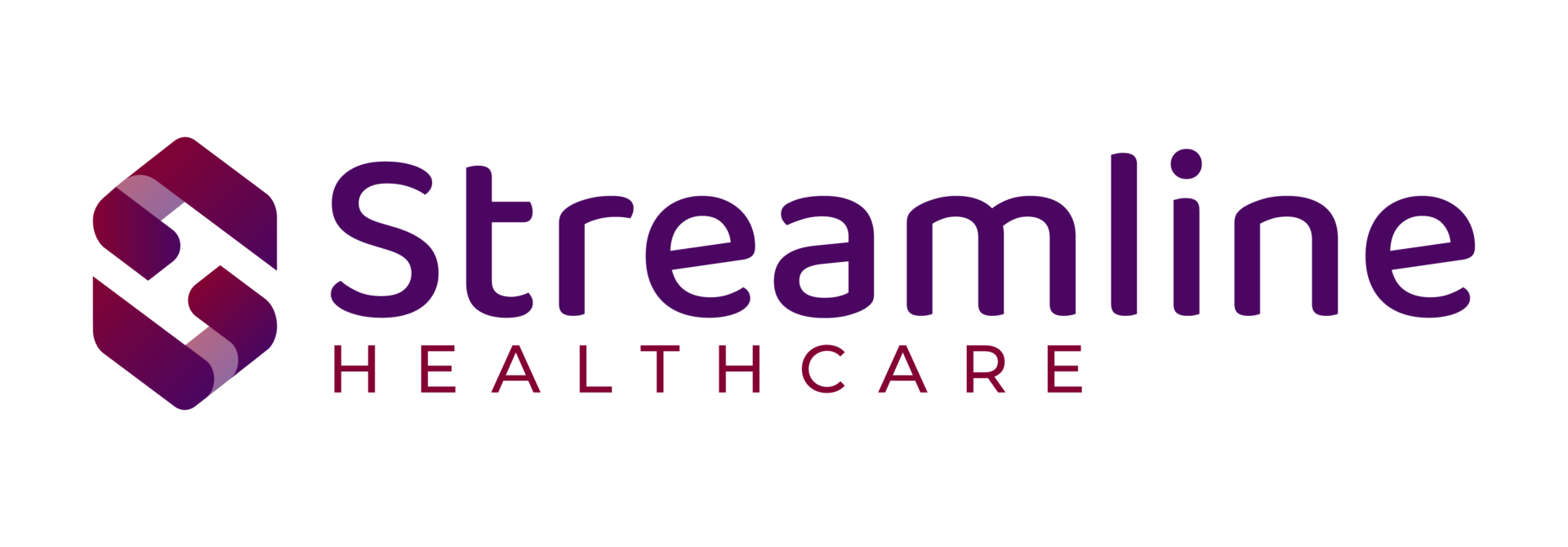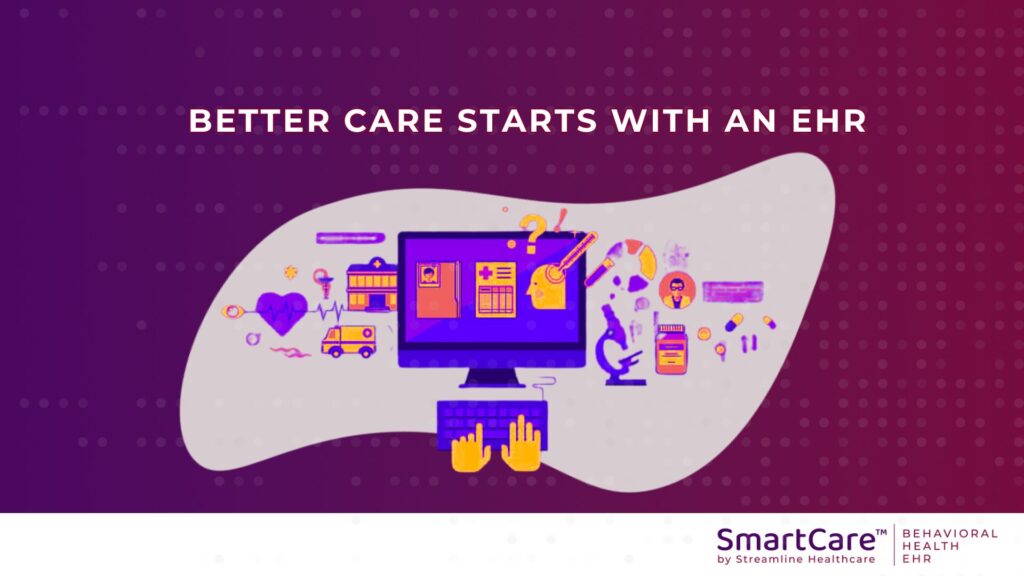Telehealth, also called telemedicine, is the practice of using technology to provide healthcare remotely. When used for behavioral health, such as psychiatric evaluations or talk therapy sessions, it may also be called telepsychiatry.
Telehealth or telepsychiatry usually involves the direct interaction between a provider and a client, but the term may also be used for communications and consultations between providers.
Why is telehealth beneficial to behavioral health and psychiatry?
By offering a broader range of choice in appointments and locations, telehealth can help reduce or even resolve many problems facing behavioral health today:
- Psychiatrist Shortages: Telehealth allows psychiatrists to see more clients without additional staff, or follow up on clients without additional appointments.
- Timely Access to Care: Many clients can receive remote psychiatric care before it becomes an emergency, potentially avoiding costly hospital visits.
- Improve Show Rates: Telehealth helps reduce missed appointments. For example, telehealth allowed Children’s Hospital & Medical Center in Omaha, Neb., to achieve a 50-percent reduction in no-shows for follow-up psychiatry appointments.
- Improved Outcome Reporting: Your telehealth platform can integrate with electronic health record (EHR) software to help store and track client data for better outcome reporting. Clients may connect wearables or directly enter their data into the EHR.
- Lower Costs Per Client: Seeing more clients in less time, reducing no-shows, ordering tests without an appointment, and reducing manual data entry all lower the costs-per-client.
How to Launch Telehealth Services at Your Agency
1. Be ready to learn.
Implementing telehealth at your organization requires the right technology and best practices. Your EHR or telehealth vendor, and groups such as the American Telemedicine Association, can provide valuable information.
2. Review state and federal regulations.
Federal laws limit some aspects of telehealth, and there is often a lack of guidance for telehealth providers. For example, current U.S. Drug Enforcement Agency rules limit the use of telehealth to prescribe controlled substances, but lawmakers may ease some of those rules. Also, a patient’s home is not yet considered an appropriate care site under Medicare.
State laws may have additional requirements or limits. Make sure you understand all telehealth regulations for the states in which you and your clients are located.
3. Establish clinical workflows.
Once you choose your telehealth system, establish a workflow for using it. Ideally, it should integrate with your organization’s existing workflow.
Staff must understand the steps of using the telehealth platform, what to expect, and how to perform minor troubleshooting. Use visual aids, such as a flow chart, to help direct staff through the process of a telehealth visit. Consider features such as a virtual waiting room, where clients sign in and wait while staff or providers prepare for the visit.
4. Contract with a secure video conferencing provider.
Security and privacy should be a top concern when implementing behavioral telehealth. Ensure the following:
- Your video conferencing provider specializes in following HIPAA rules
- Vendor’s applicable licensing and certifications are relevant and up-to-date
- Tech providers securely store data and perform regular backups
- Vendors can maintain security during virtual visits
5. Make sure your EHR can track and bill telehealth services.
Your telehealth services and EHR should be integrated to deliver the most effective, complete care. With the right EHR software, you will be able to maximize your telehealth services and workflows. The best system has features like online billing, online scheduling, and e-prescribing software to streamline operations and save time.
6. Ensure that all consents are signed.
Informed consent is vital for any telehealth program, and a legal requirement in most states. Be sure you understand state requirements for informed consent, and any payer requirements.
Telepsychiatry client consent should address the following:
- Client confidentiality and privacy
- Potential risks, limits, and benefits of telepsychiatry
- What technical equipment is required for a virtual appointments
- Scheduling, canceling, and billing policies
- Formal complaint process in case of ethical concerns or other issues
- Contingency plan in case of tech or equipment failure
7. Train your client on how telehealth works.
Telehealth is still relatively new in healthcare, especially behavioral health. Make sure you provide clear instructions for using the telehealth software, preferably in multiple media (written instructions, video, interactive tutorial).
8. Measure outcomes
Collecting and reporting certain outcome measurements must include telehealth. Identify exactly which outcomes and data you need to measure based on your services, your client population, and applicable Medicaid/Medicare programs.
9. Continue to Train
As your telehealth program evolves and software solutions are updated, providers and other support staff must follow suit. New staff should be trained in the telehealth platform, and all staff should be informed of updates or changes.
The Right Partnership for Telehealth
There’s little doubt that telehealth is here to stay. Working with trusted EHR that can track telehealth services will ensure the best experience and outcome for you and your clients.
Streamline Healthcare Solutions is prepared to work with your behavioral health practice so you can achieve your telehealth goals. Contact the expert team at Streamline today and ask us how we can help.




